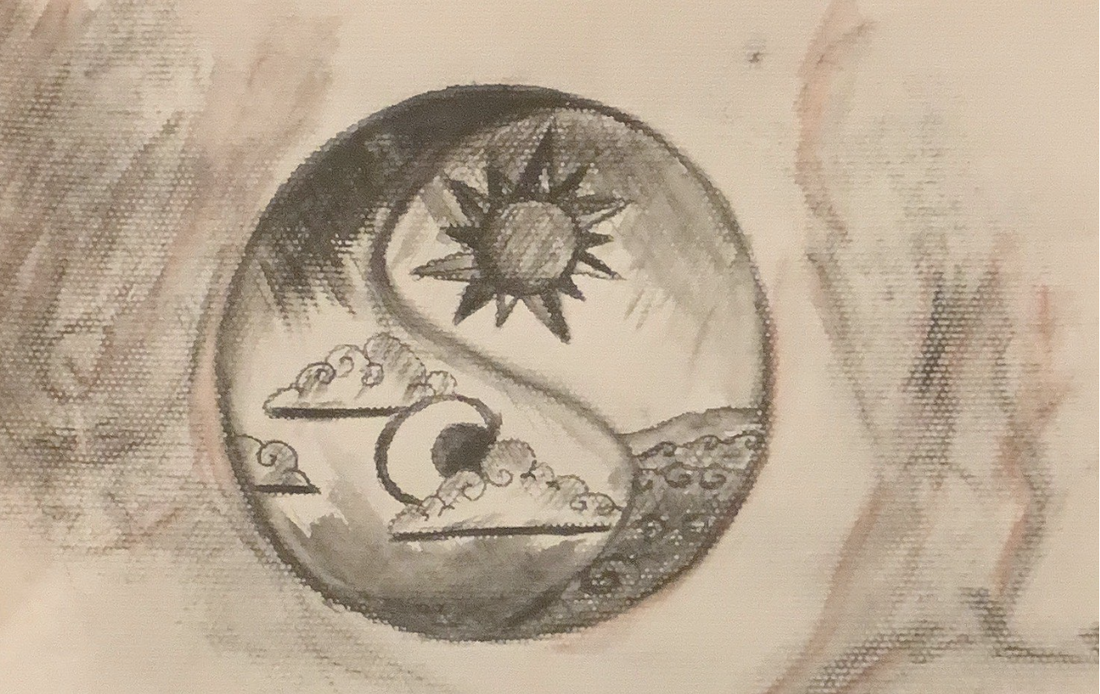|
By Angela Mu When you think of traditional Chinese medicine, perhaps the first thing that comes to mind is acupuncture, a method used to treat a wide variety of health conditions—the most common being pain treatment. Traditional Chinese medicine is an approach to human health that has been in practice for more than 3,000 years. Unlike Western medicine, which focuses on using the chemical properties of synthetic substances to treat illnesses, traditional Chinese medicine emphasizes a holistic approach to health and uses natural herbal products—among other techniques—to restore health, harmony, and balance in the body. The earliest scriptures of traditional Chinese medicine date back to the time period around 15th-11th century BC, during which information about Chinese medicine was inscribed and recorded on pieces of tortoise shells and bones. Since then, traditional Chinese medicine has spread across the world and has contributed to the development of modern-day treatments for illnesses, such as malaria and cancer. In the 1970s, Chinese chemist and Nobel Prize winner Tu Youyou and her colleagues discovered a novel therapy for malaria after years of searching ancient Chinese medical texts and testing over 2,000 traditional herbal remedies. She identified a botanical product traditionally used to treat fevers—sweet wormwood, also known as Artemisia annua—that could reduce the number of malaria-causing parasites in an infected patient’s blood. In order to determine the specific chemical property of sweet wormwood that was responsible for treating malaria, Tu performed the challenging task of isolating and testing different chemicals from the plant against mice infected by malaria-causing parasites. To perform this method of separation, Tu used a solvent to dissolve chemicals from the plant material and evaporated the solution to retrieve the remaining substance. Her approach corresponded with a practice commonly used in traditional Chinese medicine, whereby the chemical properties of plants are altered by preparing them using specified techniques. Through her extensive testing, Tu discovered that the chemical artemisinin could produce reactive molecules that lead to the death of malaria-causing parasites. Since then, artemisinin has become the foundation for all major antimalarial drugs used today, and its discovery has saved the lives of many individuals living in countries where malaria is especially prevalent. When it comes to developing drugs for cancer treatment, researchers such as Professor Yung-Chi Cheng at Yale University have also turned to traditional Chinese medicine. Cheng is currently researching and developing IV-906, an adjuvant, or therapy used after initial cancer treatment to minimize the regrowth of tumors. The basis for IV-906 originates from an ancient Chinese treatment for stomach ailments that was traditionally prepared as tea. While IV-906 is still undergoing stages of international clinical trial, experimental results have been extremely promising and have demonstrated the drug’s potential to diminish the side effects of chemotherapy, radiation therapy, and immunotherapy, while also leading to faster recovery and higher survival rates within cancer patients. This method of cancer treatment uniquely combines the philosophy of modern day Western medicine and that of traditional Chinese medicine. Although the two approaches to health largely differ from one another, in the future, integrating their findings may help give rise to the discovery and production of even more drugs that hold the potential to treat modern day illnesses.
0 Comments
Leave a Reply. |
Categories
All
Archives
April 2024
|

